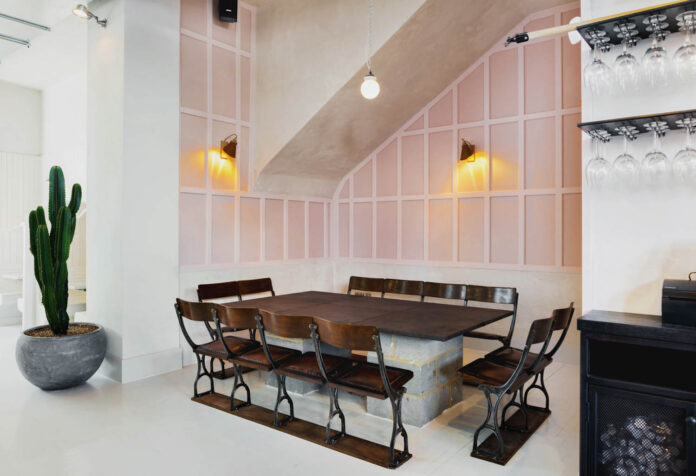Forget Dubrovnik’s cruise-ship crowds and Split’s stag-do swarms. Šibenik – pronounced shee-ben-ik – is Croatia’s most compelling coastal secret: a medieval maze of honeyed stone, two UNESCO World Heritage Sites, and a gateway to islands so empty you’ll wonder if you’ve stumbled onto a private archipelago.
Unlike its flashier neighbours, Šibenik remains a working city rather than a theme-park version of itself. Locals still do their morning shopping at the market, meet for coffee in the same squares their grandparents did, and swim off rocks that haven’t been colonised by beach clubs. The old town has the same terracotta rooftops and narrow stone alleys as Dubrovnik and Split – minus the Game of Thrones tour groups clogging every sightline. (Though Šibenik has its own claim to the show: the Iron Bank of Braavos was filmed here, in case you need a conversation starter.)
Here’s how to spend 48 hours in one of the Adriatic’s most underrated cities.
Day One
Morning: Old Town & the Cathedral
Start at the Cathedral of St James, a 15th-century marvel built entirely from limestone without a single supporting beam or drop of mortar – essentially a giant stone jigsaw puzzle that’s somehow survived five centuries of Adriatic storms. The facade is studded with 71 sculpted faces, said to be portraits of ordinary Šibenik citizens frozen in stone.
Look for the lions flanking the entrance and the intricate carvings around the windows before ducking inside to see how all that precision engineering comes together. Construction took over a hundred years to complete, and the cathedral earned UNESCO status in 2000 as a unique example of Renaissance architecture.
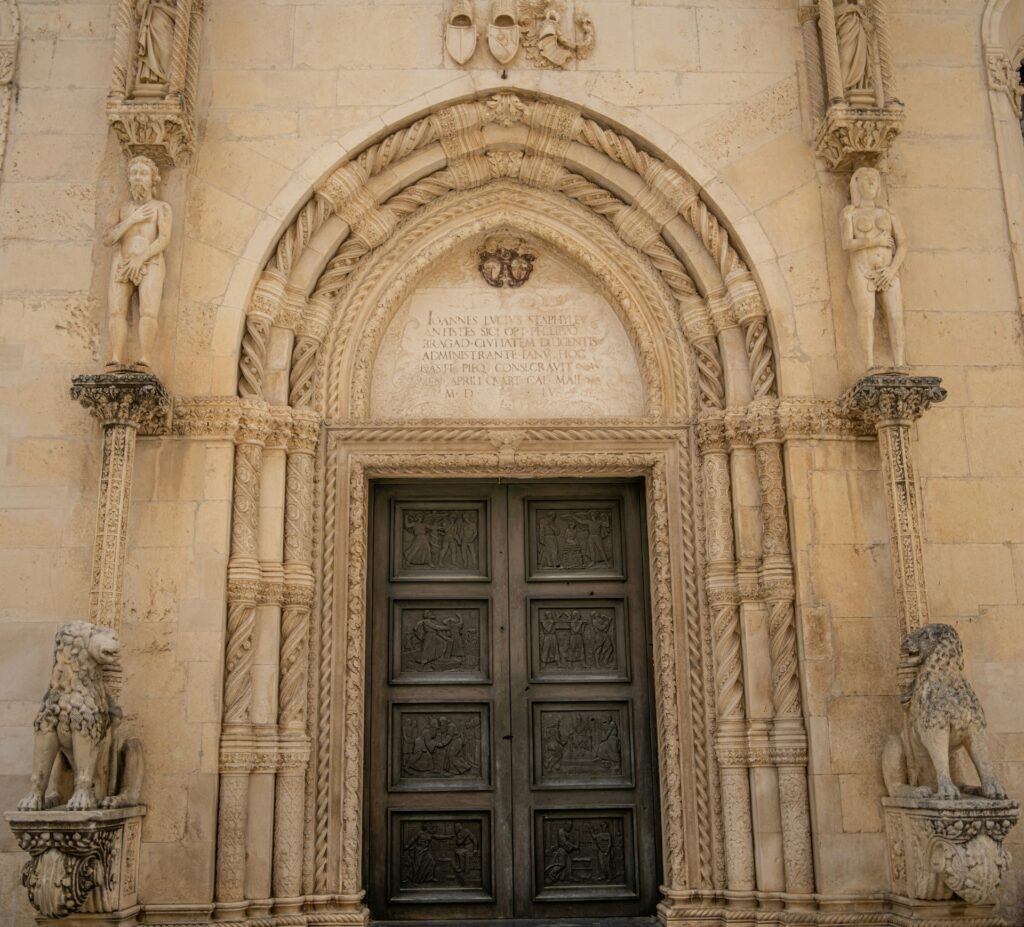
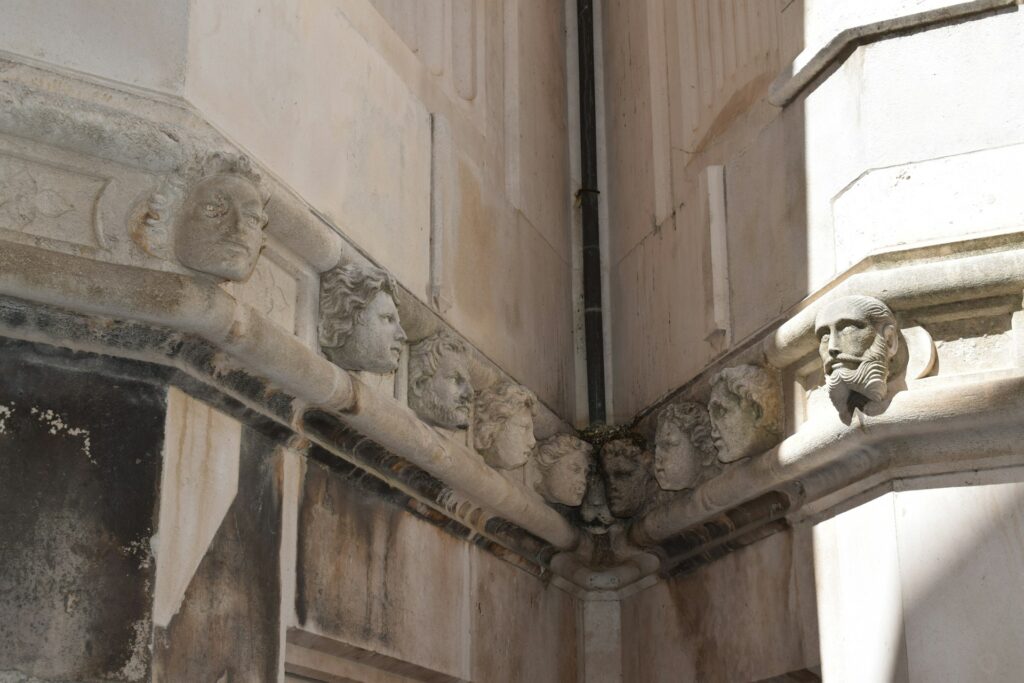
From there, lose yourself in the old town’s warren of smooth-stoned alleys and unexpected squares. This isn’t a place for maps – just drift uphill through passages that occasionally dead-end at someone’s washing line, and you’ll eventually emerge at St Michael’s Fortress, now a 1,000-seat open-air concert venue with views that sweep across terracotta rooftops to the Adriatic beyond. The fortress itself dates back to medieval times but was heavily restored in 2014; in summer it hosts everything from classical concerts to film screenings. Even without an event, it’s worth the climb for the panorama alone.


Lunch: Konoba Marenda
For lunch, follow the locals to Konoba Marenda, down one of the old town’s backstreets. The menu is short, seasonal and proudly Dalmatian: fried sea bass, rich beef goulash, octopus salad, and whatever else looked good at the market that morning. Portions are generous, the wine list leans local, and the atmosphere is cheerfully unpretentious. Arrive early – tables fill fast and there’s no reservation system, so noon is your best bet.
Afternoon: St Nicholas Fortress by Boat
After lunch, take a boat tour to St Nicholas Fortress, Šibenik’s second UNESCO site and the only way to appreciate its triangular bulk rising straight from the water. Built by the Venetians in the 16th century to repel Ottoman naval attacks, it sits on an islet at the mouth of St Anthony Channel – a strategic position that meant Šibenik was never again invaded from the sea.
The 30-minute boat ride is half the experience, gliding past the Šibenik archipelago as the city shrinks behind you. Once there, you can explore the fortress walls, peer into old gun emplacements, and take in a view that hasn’t changed much since the 1500s.
Evening: Pelegrini
Dinner calls for Pelegrini, perched beside the cathedral in a 700-year-old palazzo. Chef Rudolf Štefan holds a Michelin star for his modern take on Dalmatian cooking – duck pappardelle with pecorino and celery, monkfish tripe with polenta, slow-cooked beef cheeks – all sourced from producers within shouting distance of the kitchen. Štefan also collaborates with local winemakers to produce house wines, so the pairings are as considered as the food. Book the tasting menu and let them steer; it’s the kind of meal where you trust the kitchen. Note: Pelegrini closes for winter and reopens in spring 2026, so check dates before planning.
After dinner, wander to Azimut, a bar-slash-gallery set inside 15th-century dry wells just off the main square. The stone-vaulted space hosts live music and exhibitions throughout summer; the vibe is more local art scene than tourist trap. Order a herb-infused rakija – the Croatian answer to grappa – and settle in.
Read: 11 IDEAL destinations for a yachting holiday in 2026

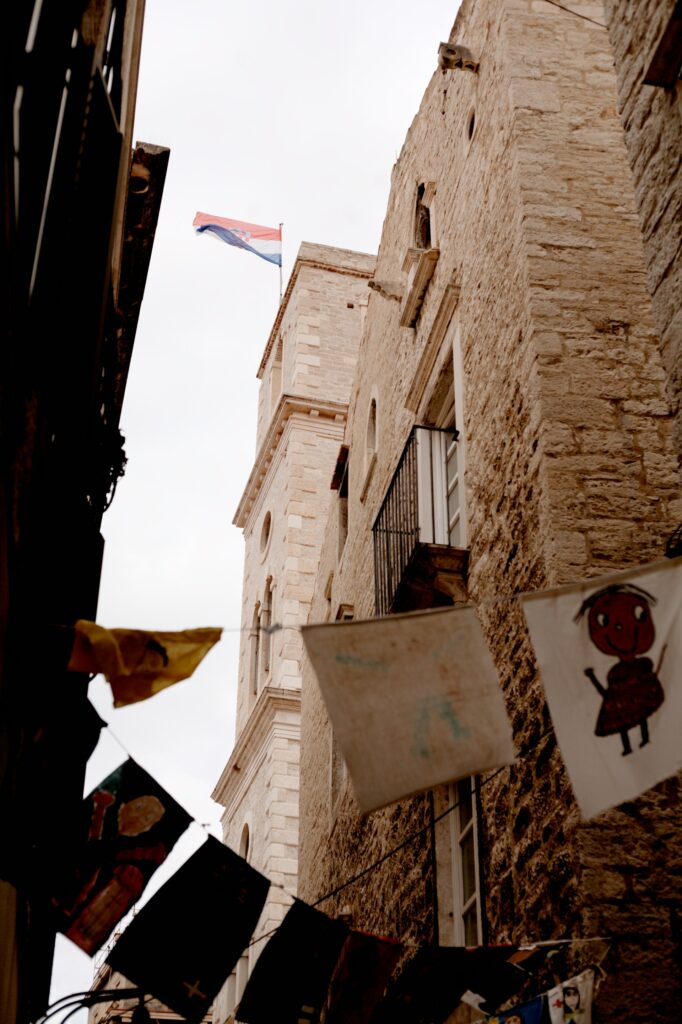
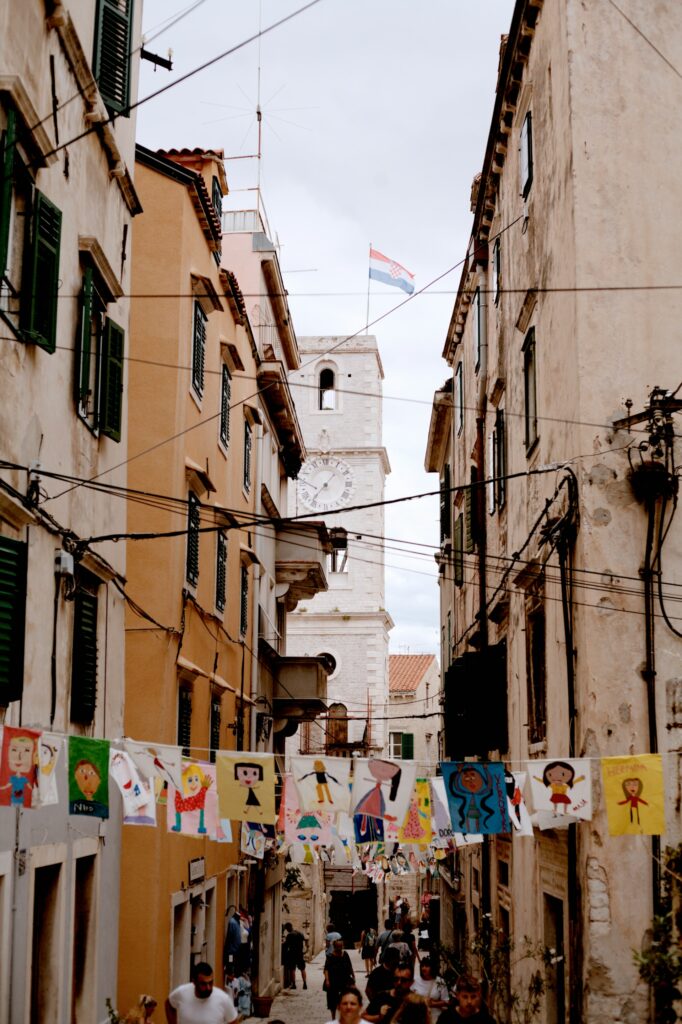

Day Two
Morning: The Kornati Islands
Day two belongs to the water. The Kornati National Park – over 140 uninhabited islands, islets and reefs stretching across the Adriatic – lies just off Šibenik’s coast, and the best way to explore them is by boat.
Charter operators depart from Marina Mandalina, just outside town; a private yacht charter offers the perfect blend of adventure and indulgence, with prices starting from around €400 for a full-day skippered trip depending on vessel and season. It’s not cheap, but split between four or six people it becomes more than reasonable for what you get: a personal captain, a route tailored to conditions, and access to coves you’d never find on a group tour.
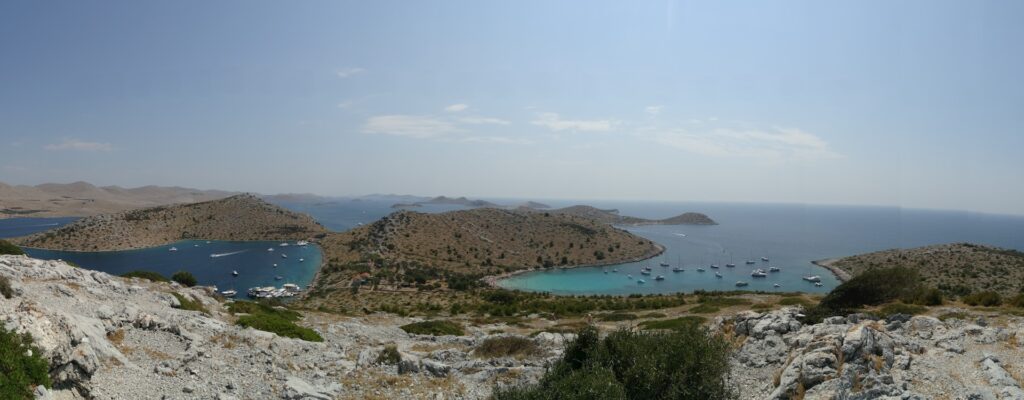
The Kornati are barren, beautiful and almost surreally quiet – white limestone cliffs rising from gin-clear water, empty coves where you’ll anchor alone, and the occasional ruined shepherd’s hut as the only sign anyone’s ever been here. The archipelago has been compared to Indonesia’s Komodo Islands, though here the drama is geological rather than reptilian.
Stop at Levrnaka for one of the archipelago’s few sandy beaches (most Croatian beaches are pebble), swim off the boat at Lojena Bay, and refuel on grilled fish at one of the simple konobas on Žakan island, where the menu is whatever came out of the water that morning. By mid-afternoon, you’ll have lost all sense of time – which is rather the point.
Late Afternoon: Back to Šibenik
Return to Šibenik in the late afternoon, salt-crusted and pleasantly exhausted, and head to Buta Bar at Armerun Heritage Hotel for sunset drinks. The terrace looks out over the Šibenik channel to where the Krka river meets the Adriatic – one of those views that demands a second glass of local Babić. The light at this hour turns the water gold and pink; bring a camera or just sit and watch it happen.
Dinner: Bronzin or Tinel
For your final dinner, keep things relaxed. Restaurant Bronzin near the cathedral serves excellent Dalmatian seafood – cuttlefish risotto, grilled catch of the day – with terrace seating that catches the evening breeze.
Alternatively, try Tinel, set on a small square facing the town’s oldest church, where a tree-shaded terrace and regional classics like pašticada (slow-braised beef with gnocchi) make for an unfussy end to the trip. Neither requires a reservation most nights, though summer weekends can get busy.
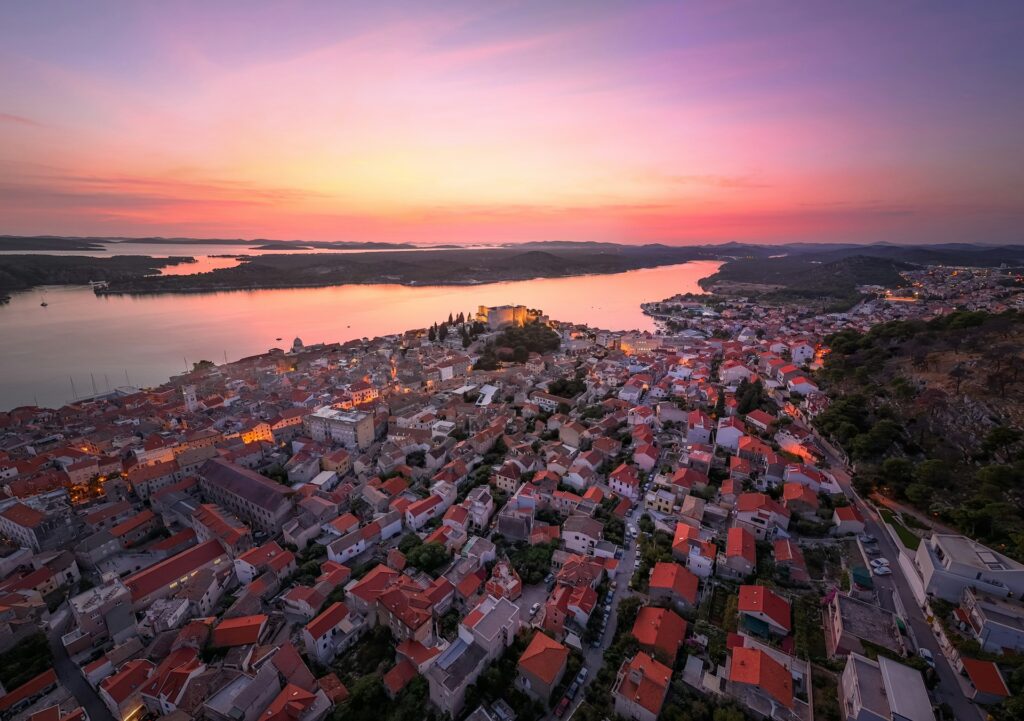
If You Have More Time: Krka National Park
Krka National Park is just 30 minutes inland and makes for an easy half-day trip if you can stretch your stay. The park centres on the Krka River and its series of travertine waterfalls, including Skradinski Buk – 17 cascades tumbling over 800 metres, the largest travertine waterfall system in Europe. Swimming is permitted in designated areas from June to September, though be warned: the park caps visitor numbers at Skradinski Buk to 10,000 at a time, so summer mornings can feel crowded.
Arrive via the Lozovac entrance for free parking and a shuttle bus down to the falls, or take a boat from the riverside town of Skradin for a more scenic, less hectic approach. Peak-season entry is €40 for the full park (reduced to €30 after 3pm); off-season prices drop to €7.


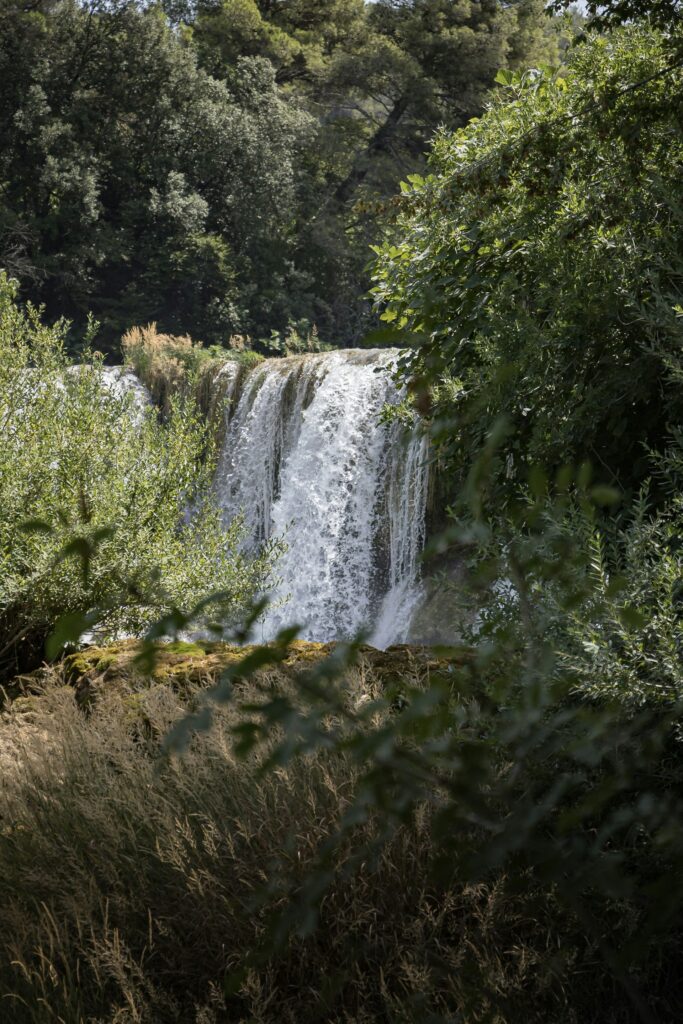
Where To Stay
Armerun Heritage Hotel & Residences sits below the city’s medieval ramparts with views across the channel and river mouth. The building has been restored from a historical site, with rooms that blend exposed stone and archaeological finds with clean contemporary design. The attached Restaurant Bronzin is one of the better spots in town, and the à la carte breakfast alone justifies the booking. Doubles from around €150.
D-Resort Šibenik, part of Small Luxury Hotels of the World, occupies a striking contemporary building on the Mandalina marina peninsula. The design is all sweeping lines and floor-to-ceiling glass; there’s a spa, pool and yacht-club restaurant with Adriatic views. A water taxi connects to the old town in minutes, which is useful if you want the marina lifestyle without sacrificing access to the medieval centre. Doubles from around €200.

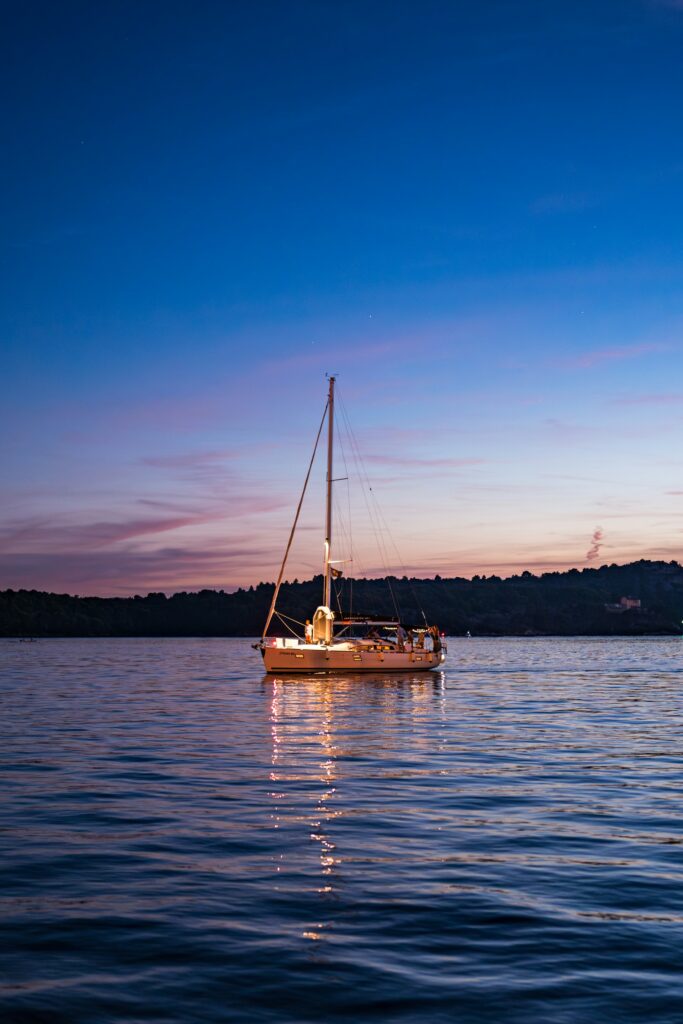
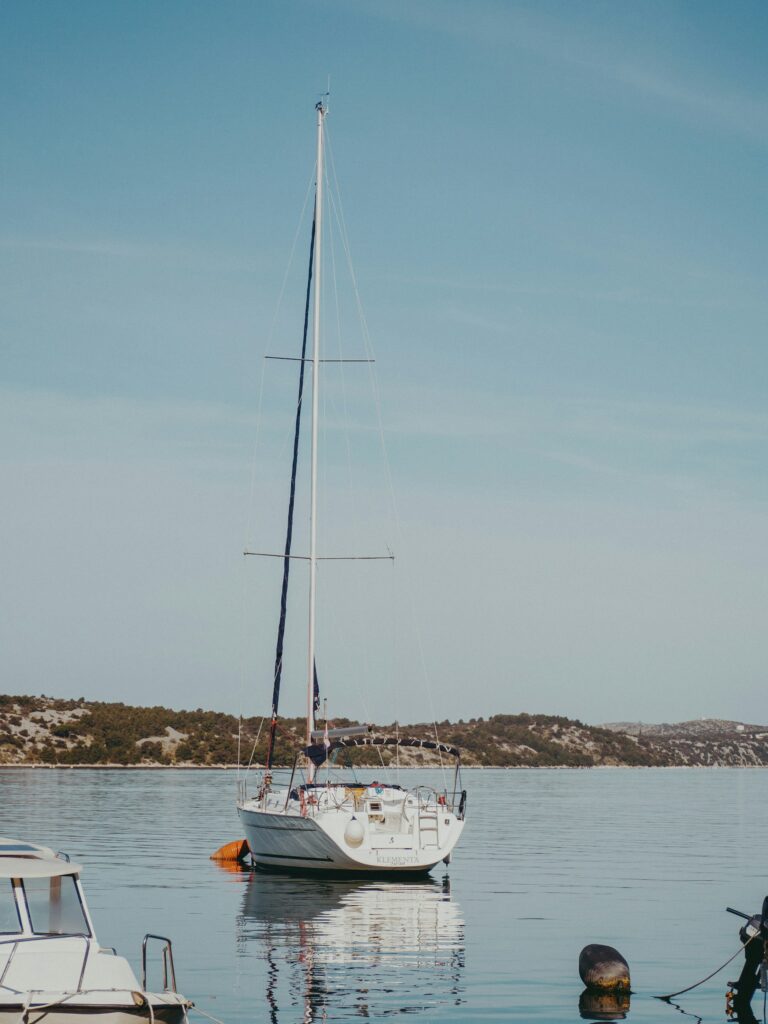

How to Get There
Šibenik sits roughly equidistant between Split Airport (one hour south) and Zadar Airport (one hour north). Both are served by regular flights from the UK, with easyJet, Ryanair and British Airways all operating routes in summer. Hire a car at the airport for flexibility – particularly useful if you’re planning day trips to Krka or want to explore the coast – or book a private transfer if you’d rather not drive. If you’re chartering a yacht from Marina Mandalina, having your own wheels makes logistics considerably easier.
The Bottom Line
Šibenik is what the rest of coastal Croatia used to feel like before the world caught on: a city with a millennium of history, a Michelin-starred food scene, and a coastline that still rewards those willing to get on a boat and explore. It’s the kind of place where you can spend a morning in a UNESCO cathedral, an afternoon swimming off an uninhabited island, and an evening eating food that would cost twice as much in Dubrovnik – all without fighting for pavement space or booking restaurants six months in advance. Forty-eight hours is enough to fall for it; you’ll need longer to feel like you’ve done it justice. Start planning the return trip now.



